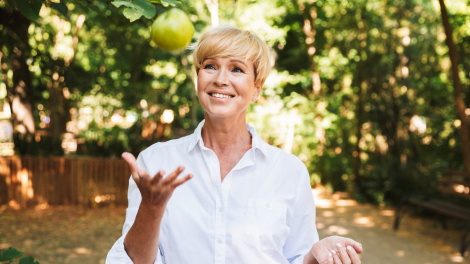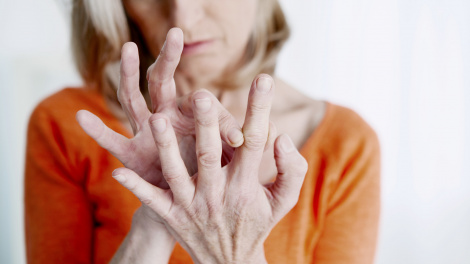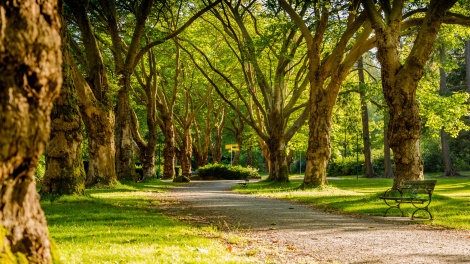Not moving can harm your mental and physical health!
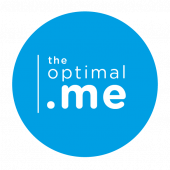
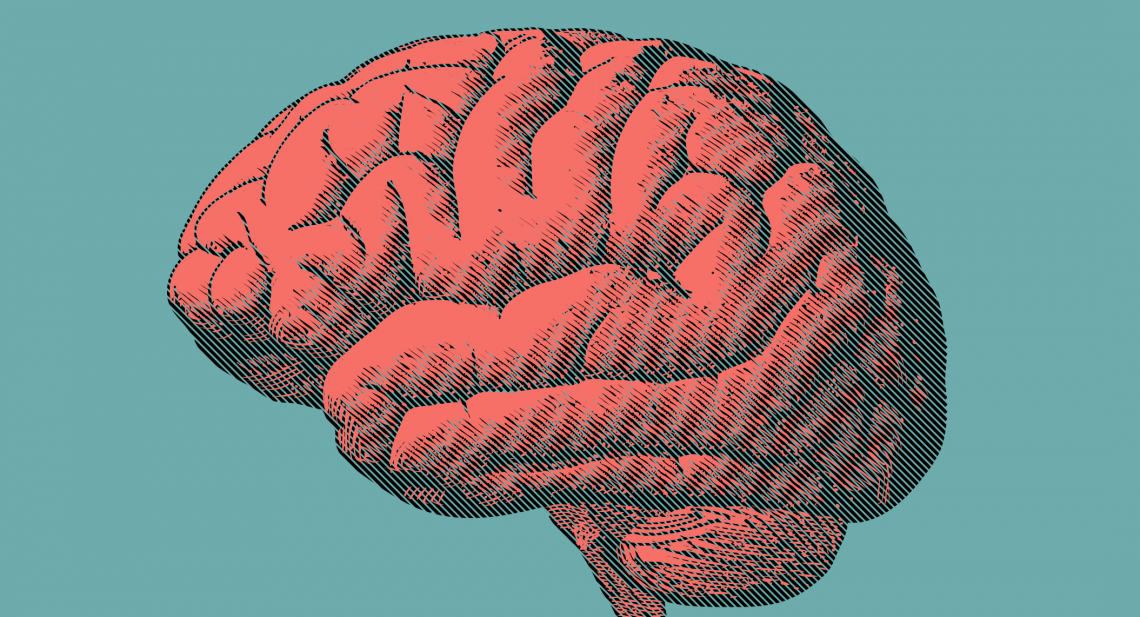
“Compared to primitive man living an outdoor life, civilized man has become a standing around sitting around animal rather than a running around one” - D Zacharow
We are the only living things that have the ability to counter the forces of evolution. In the past, our ancestors relied on genetic adaptations for survival. Today, technology rather than biology has become the key to our survival. Medical advances, curing of disease, living longer and reproducing later are all thanks to technology. For most of us, technology has changed both our work life and home life.
The physical demands of movement for survival are hardly existent as we become ever more reliant on technology and more sedentary, with devastating consequences for our physical health. But, our brains too rely on movement as signals to function optimally. We see that besides sedentary behaviour having negative physical effects on us, mental health issues are on the rise with depression, stress and anxiety affecting us at even younger ages.
Dr Wendy Suzuki's lab is currently doing research to suggest that our brains intimately rely on movement. Physical exercise could improve mood as well as slow cognitive decline in a number of different neurological conditions, including Alzheimer’s, Parkinson’s, and depression.
The brain’s chemistry changes (neuroplasticity) constantly in response to our movements, thoughts and actions. This is the brain’s purpose - to protect us at all times. So, a close correlation exists between motion and emotion. From the triad of health model we can begin to see that how we move - or not - affects how we feel, and how we feel affects what we eat. We also see that what we eat or ingest chemically affects how we feel. How we feel affects how we move and so it goes…
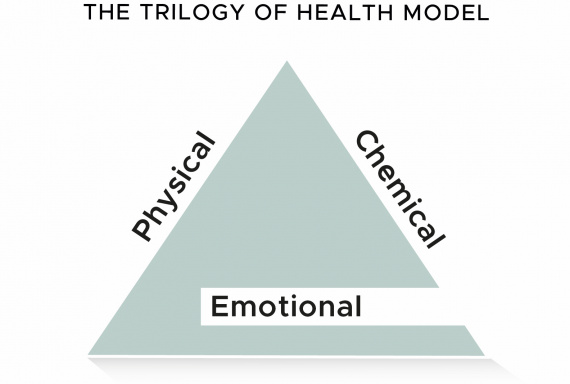
You should seek to find balance in life, understanding that movement creates energy and energy drives movement.
We learn from history. Our ancestors were driven to move by the will to survive, first as caveman, then farmers then warriors. It was only after the Industrial Revolution that we began to think about movement as physical training and exercise. We became increasingly interested and over analytical about human anatomy and biology and in so doing created a multibillion-dollar fitness industry.
But nothing has really changed with regards to how we should move. If we analyse it, we always have and always will move for a purpose, and that purpose will always require us to be able to functionally perform 8 basic skills:
- pushing and pulling with the arms in various direction
- squatting to allow the body to lower
- lunging in any direction to propel the body in the desired direction
- flexion, extension and rotation of the torso
- walking (gait)
All our movements require balance, defined by B Hypes as “A highly developed activity requiring sophisticated organisation of muscle groups in response to the position of the body as it is related to gravity”.
Referring back to the movements of cave man and warrior man, we can see that these skills translated into their ability to crawl, run, walk, climb, lift and carry, with all their parts working in concert to keep them upright and perfectly balanced. We have tried to replicate these natural functional movements in our fitness centres by breaking them down into exercise regimes where muscles work linearly, sometimes in isolation, and often not in unison.
No matter how cutting edge or revolutionary each new program might be, most have failed to get people to value, practice or enjoy physical activity and have spread a limited perception of what health and fitness is. Overwhelmingly, the most common view on how to exercise is that we need machines for cardio and to build muscle and strength, then maybe add some bands and stretching into the mix coupled with some vitamins and supplements, and we’ll look good!
There is a “one size fits all” mentality which can lead to injury and the loss of motivation due to the setting of unrealistic goals, and beliefs and expectations not realised.
SO WHAT'S THE SOLUTION?
Movement is so much more than a mere physical act. The movement we do should be an expression of ourselves – a pleasure and never a chore. This is good for your body and your brain. When we engage in enjoyable, fun activities, our brains release dopamine – our feel good, reward chemical – making us feel good!
TheOptimal.me program offers a paradigm shift for moving modern man. A simpler approach to movement and staying fit. Integrated Movement Routines (IMRs).
- IMRs improve your mobility, stability, flexibility, which enables you to do more with less pain
- IMRs strengthen your muscles and improve your balance, helping prevent injuries
- IMRs use varying patterns to engage the brain and improve neuroplasicity.
Natural movement and practical physical performance were at the core of 'exercise' for centuries. Just because modern conveniences have negated our necessity to move and just because the fitness industry has led us to believe that fitness happens in a gym, does not mean that our natural need for dynamic, natural, functional, adaptable movements has changed. To remain or become strong and healthy in body, mind and brain, we need to move naturally just like our ancestors did.

Train your brain and your body with Integrated Movement Routines (IMRs). The routines provide the fundamental movement skills to keep you balanced, active, strong and flexible, as well as keeping your mind sharp and healthy. We recognised the need for movement to be fun and functional and to engage body, mind, breath and brain.
MOVE LIKE YOUR LIFE DEPENDS ON IT!
Just browsing? See our most popular articles
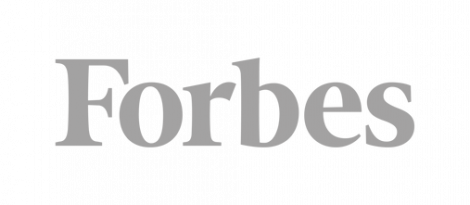
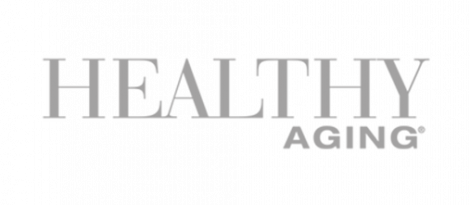
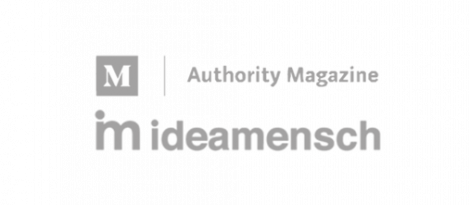
Start today! Join TheOptimal.me
Our guided 21-day course, First Steps to Physical Freedom, will introduce you to IMRs and help you make movement a habit.
- Unlimited access to Integrated Movement Routines (IMRs)
- Tips and advice from our experts
Full access free for 30 days.
